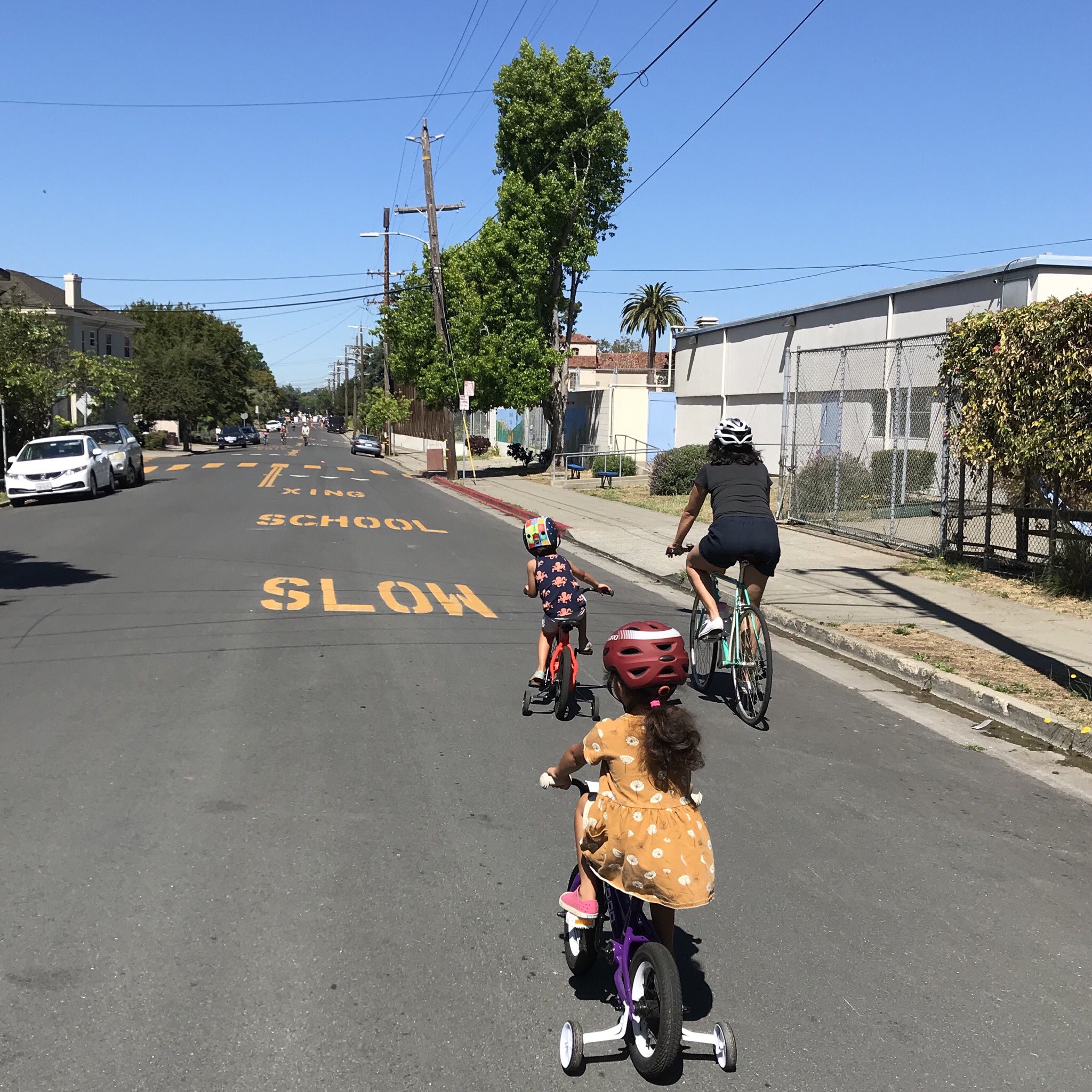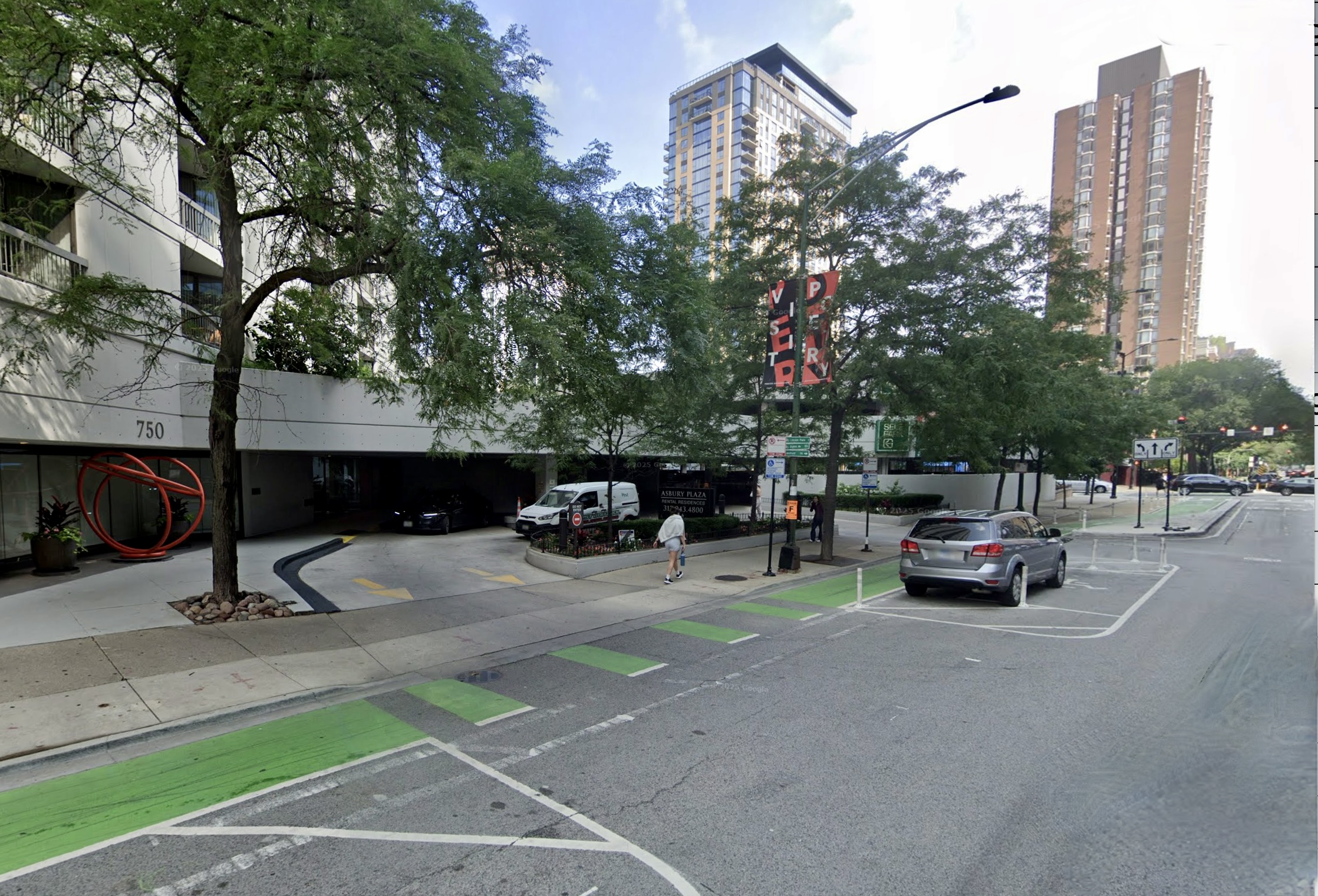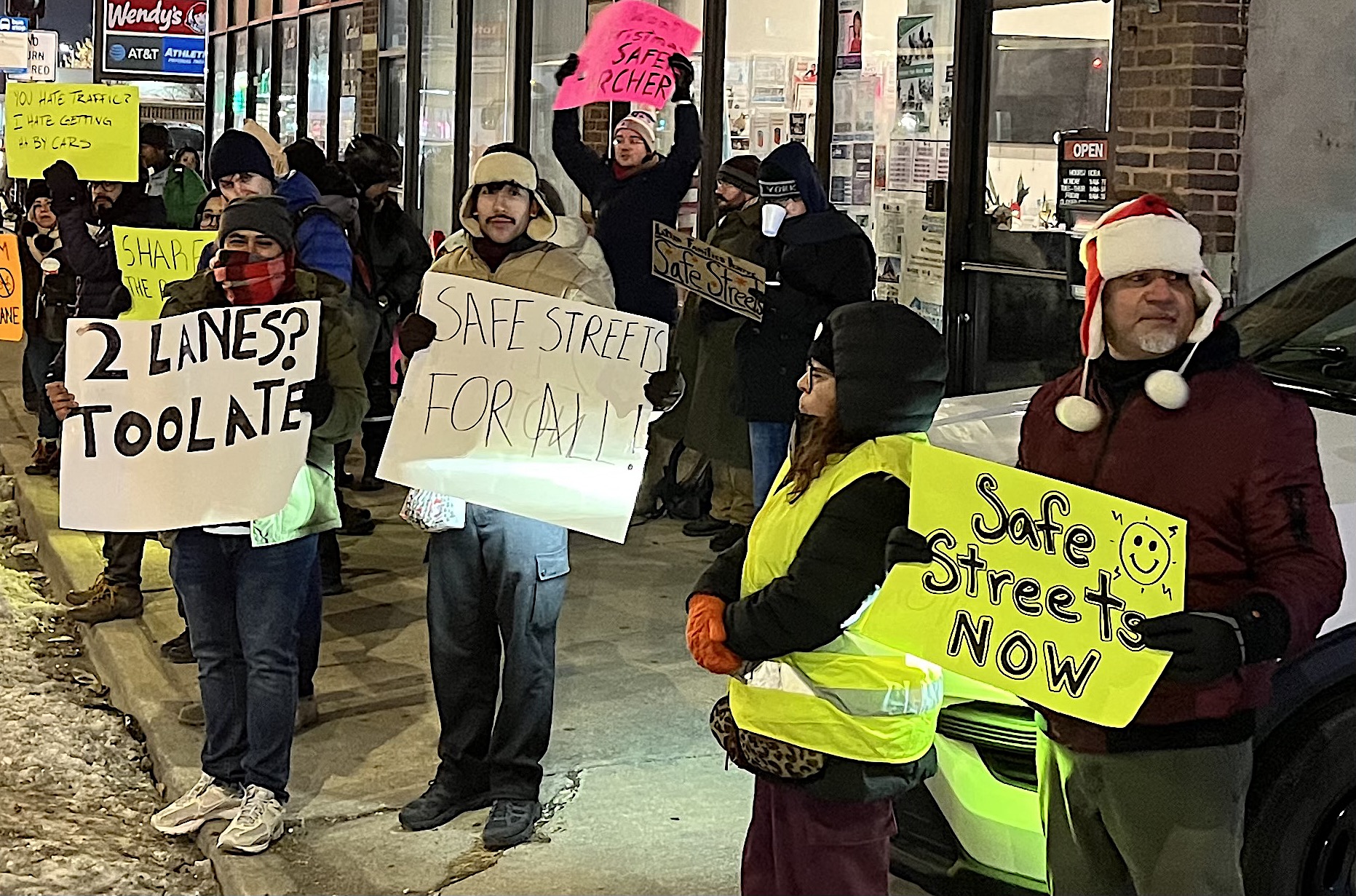Update 5/26/20, 5:30 PM: The Active Transportation Alliance, which initially indicated that it would not be advocating for open streets, but recently announced a change in strategy, provided the following statement in response to the news that Chicago will be piloting Shared Streets. "It’s exciting to hear the city is preparing to create more space for people to walk and bike safely during the pandemic. Swift action is needed to address the transportation needs of areas hit hardest by COVID-19 and prevent a dangerous spike in driving as travel increases. We continue to urge city officials to work with neighborhood leaders to develop plans that are community-informed and as effective as they can be. We look forward to continuing to weigh in and helping build a comprehensive and equitable plan for our streets."
Update 5/27/20, 10:45 AM: Reader Kevin Zolkiewicz determined that all of the Glenwood/Greenview Greenway between Carmen and Howard will be a Shared Street. The piece and map have been updated accordingly.
More than two months after Streetsblog Chicago and other advocates began lobbying the city to temporarily open up streets for safe, socially-distanced transportation and recreation during the pandemic, something just about every other large, left-leaning U.S. city is already doing, it looks like it's finally happening.
We published countless articles pushing for "open streets" walk/bike interventions, especially Oakland-style "Slow Streets, which involve prohibiting through traffic on side streets to allow pedestrian activity in the road (parking, deliveries, pickups and drop-offs allowed), including publishing a map of potential Slow Streets locations on May 13. In a tweet two days later, Mayor Lori Lightfoot indicated that there was some movement on that front.
Sadly, Humboldt Park's ring road wasn't completely car-free yesterday.
— John Greenfield (@greenfieldjohn) May 24, 2020
(I'm kidding here; this is adorable.)
Photo: Michael Burton pic.twitter.com/rMNfFZPdMy





